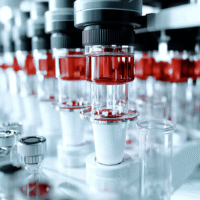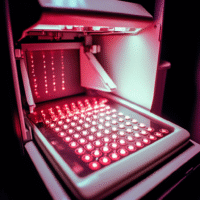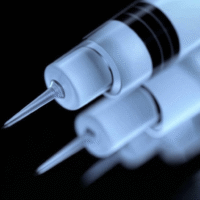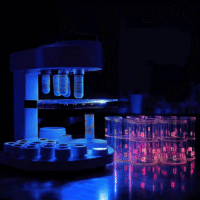Understanding the Study Results
This study looked at two treatments for children aged 7-10 years who have a dental condition called molar-incisor hypomineralization (MIH). This condition can make teeth very sensitive. The two treatments compared were:
- Nanosilver Fluoride (NSF) – a special liquid that helps reduce sensitivity and plaque.
- Photobiomodulation Therapy (PBMT) – a light therapy that also helps with sensitivity.
What Worked?
The results showed that:
- NSF was more effective than PBMT in reducing tooth sensitivity after one month.
- NSF also helped reduce plaque on teeth more than PBMT.
- Both treatments reduced sensitivity over time, but NSF had lasting effects.
What Didn’t Work?
While both treatments helped, PBMT was not as effective as NSF in providing long-term relief from sensitivity and plaque reduction.
How This Helps Patients and Clinics
For patients:
- NSF provides better pain relief from sensitive teeth.
- It can also help keep teeth cleaner, which is important for overall dental health.
For clinics:
- Doctors can consider using NSF as a first choice for treating MIH-related sensitivity in children.
- This alternative is especially useful for patients who may not have access to laser therapy.
What Clinics Should Track
Clinics should monitor:
- The level of tooth sensitivity in patients before and after treatment.
- The amount of plaque on teeth after using NSF and PBMT.
AI Solutions to Consider
Clinics might explore AI tools that help track patient progress, such as:
- Digital platforms that monitor sensitivity levels over time.
- AI-driven tools that analyze plaque levels and suggest care routines.
Step-by-Step Plan for Clinics
- Start Small: Begin by using NSF for a few patients with MIH-related sensitivity.
- Collect Data: Track sensitivity and plaque levels before and after treatment.
- Evaluate Results: Assess how well NSF is working compared to previous methods.
- Expand Use: If results are positive, consider offering NSF to more patients.
Further Reading
For more information about this research, you can read the full study here.




























